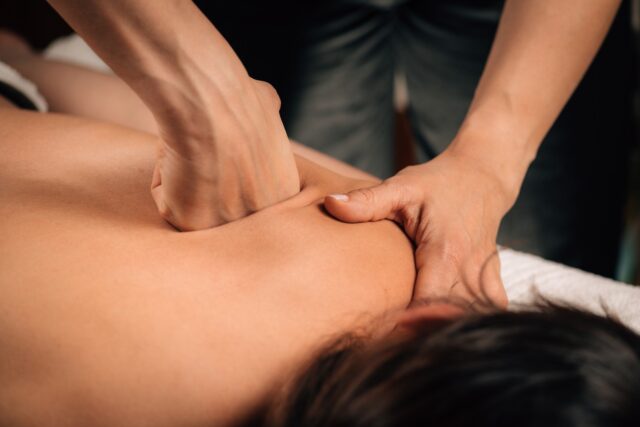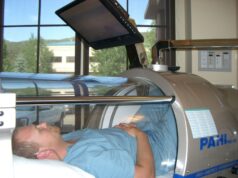
Deep tissue massage is a specialized form of massage therapy that focuses on targeting the deeper layers of muscles and connective tissue. This type of massage is known for its ability to alleviate chronic tension and muscle pain, making it a popular choice for individuals seeking relief from specific physical issues.
Unlike traditional relaxation massages, deep tissue massage involves applying firm pressure and slow strokes to reach the underlying muscles. In this article, we will explore the various benefits and techniques of deep tissue massage to help you understand how this therapeutic treatment can improve your overall well-being.
Benefits of Deep Tissue Massage

One of the primary benefits of deep tissue massage is its ability to release tension and ease chronic pain in the body. This type of massage targets the deeper layers of muscle and connective tissue, helping to break up adhesions and promote better circulation.
By focusing on areas of tightness and stiffness, a deep tissue massage can help improve flexibility and range of motion. Additionally, this type of massage can aid in the recovery of injuries and promote overall relaxation and well-being.
Whether you are an athlete looking to enhance performance or someone seeking relief from everyday aches and pains, deep tissue massage can provide numerous benefits for your physical and mental health.
Techniques Used in Deep Tissue Massage

Deep tissue massage is a specialized form of massage therapy that focuses on realigning deeper layers of muscles and connective tissue.
In order to effectively perform deep tissue massage, therapists use a variety of techniques to target specific areas of tension and discomfort in the body. One common technique used in deep tissue massage is applying sustained pressure to release adhesions, or knots, in the muscles.
Therapists may also use friction across the grain of the muscle, known as cross-fiber friction, to break up scar tissue and improve the range of motion. Another technique often used is stripping, where the therapist applies deep pressure along the length of the muscle fibers to alleviate tightness and improve circulation.
By incorporating these and other specialized techniques, deep tissue massage can provide relief from chronic pain, improve posture, and promote overall relaxation and wellness.
How Deep Tissue Massage Differs from Swedish Massage

Deep tissue massage and Swedish massage are both popular forms of therapy, but they differ in their techniques and targeted benefits.
While Swedish massage focuses on overall relaxation and stress relief through gentle strokes and kneading of the muscles, deep tissue massage targets deeper layers of muscle and connective tissue to release chronic tension and knots. Deep tissue massage incorporates slower, more intense pressure to break up scar tissue and adhesions, promoting better range of motion and improved posture.
This type of massage may cause some discomfort during the session, but clients often experience long-lasting pain relief and improved mobility as a result. Overall, deep tissue massage is a more targeted and intense therapy compared to Swedish massage, making it ideal for those seeking relief from chronic pain or specific muscular issues.
Conclusion
In conclusion, deep tissue massage offers a wide range of benefits for both physical and mental well-being. By targeting specific muscles and deep layers of tissue, this therapeutic technique can help alleviate chronic pain, improve flexibility, and promote relaxation.
While the pressure involved may be intense, the potential outcomes are well worth it for those seeking relief from tension and stress. Whether you are an athlete looking to enhance performance or simply in need of some self-care, deep tissue massage can be a valuable tool in your wellness routine.
Consider booking a session at a reputable spa or massage therapist, such as 부산마사지, to experience the rejuvenating effects of deep tissue massage firsthand.



